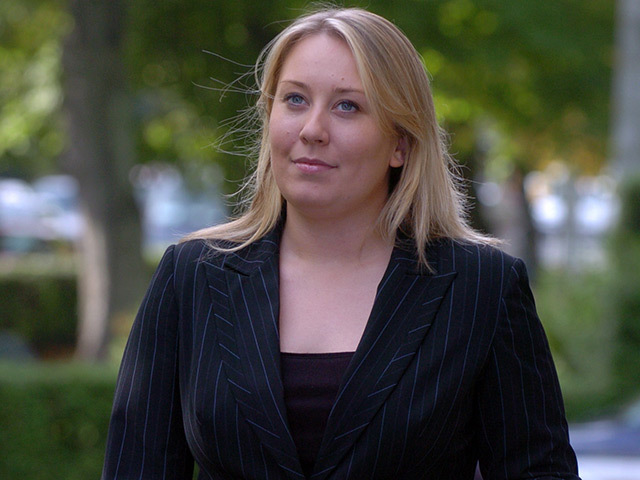
As I flicked through the pages of the event preview brochure for OE2013 a few days ago – armed with my highlighter and deciding which conference sessions and events to attend, what struck me most was the outward and internationally dynamic nature of what is on offer and what is clearly of importance to our industry.
The words global, frontier, challenges and opportunity are in frequent use and with events listing 14 separate countries from Kazakhstan to Burma, the truly global importance of this one-time fishing port on the same latitude as Sitka, Alaska, stands out.
Indeed, every one of the countries listed harbour security and political risk challenges to those operating there.
Combine this with the fact that this is the 40th anniversary year of OE and a conference theme of “the next 50 years”, I thought I’d take this opportunity to have a look at the past and future of the geopolitical challenges to this exciting and dynamic sector in which we work and how they are addressed.
In 1973, the first Offshore Europe (the Offshore Scotland) coincided with the start of the Arab Oil Crisis. Over the 40 years since, global politics and the energy industry have shared a complex and often tumultuous relationship, continuously shaping and influencing one another.
But just how has the industry’s approach to the safety and security of its personnel operational in these diverse geographic locations changed?
In this the 25th anniversary year of the Piper Alpha disaster, the industry has quite rightly reflected on the massive changes made to improve the safety of personnel operational in the North Sea and identified the necessity of continuous improvement in this sphere.
What is evident, however, is that despite over 100 years of exploration and operation in often hostile and remote locations and regular reminders (in the guise of kidnappings, uprisings, terrorist attacks . . .) there are no additional regulatory qualifications or practices required for personnel working in the Niger Deltas, Iraqs and Papua New Guineas of this world.
Likewise, crisis-response planning and procedures have not traditionally extended to cover security and political risks that the sector regularly faces in frontier markets, beyond the relative stability of the UKCS/NCS and North America. Egypt’s current troubles are a graphic illustration of this.
Historically, the industry has had an appetite for risk and the challenges facing those companies seeking to work in both established and frontier locations can be overcome.
The upstream side of the business, on- or offshore, has become adept at overcoming the challenges it confronts, enabling it to reap the rewards of its endeavours.
This appetite remains apparent as frontier locations in the East of Africa and Levantine Basin are uncovered and as we continue to explore the climatically difficult and politically charged Arctic and South Atlantic.
Of course, there are upstream companies encouraging proactivity by training and preparing staff deployed to challenging environments, and implementing crisis management plans to mitigate risk.
Yet, events like the 2011 Arab Spring and January 2013 attack on the In Amenas facility demonstrated that the sector remains largely reactive in dealing with these challenges.
Furthermore, vacuous holes in evacuation and response policies became evident, as did the ability of those tasked with response – to do just that – was found wanting.
The power of social media has also been highlighted showing the new and immediate way news can travel with both positive and negative effect.
A crisis, and in particularly failing to make safe personnel, has the potential to have massive financial, reputational and human cost but risk can be mitigated and crisis can be managed.
Security and political risk must be approached holistically, and at the front end, and in doing so the cost of business can be reduced, operational success can be increased and the human factor benefited.
Risk mitigation must be a key consideration for the future security of the industry and as we look towards “the next 50 years”, we need to enact a change in attitude towards effective risk and crisis management, where risk mitigation strategies are seen as a mechanism to add to the bottom line, rather than a cost-centre.
This is Claire’s final Security Notes as she has joined visual asset management specialist R2S of Aberdeen as a business manager. She takes with her a decade of experience of supporting clients and business development in challenging and emerging markets. Her relocation is the shortest that Energy’s editor knows of . . . just another part of the same modest building. Coffee facilities remain the same.
Recommended for you
